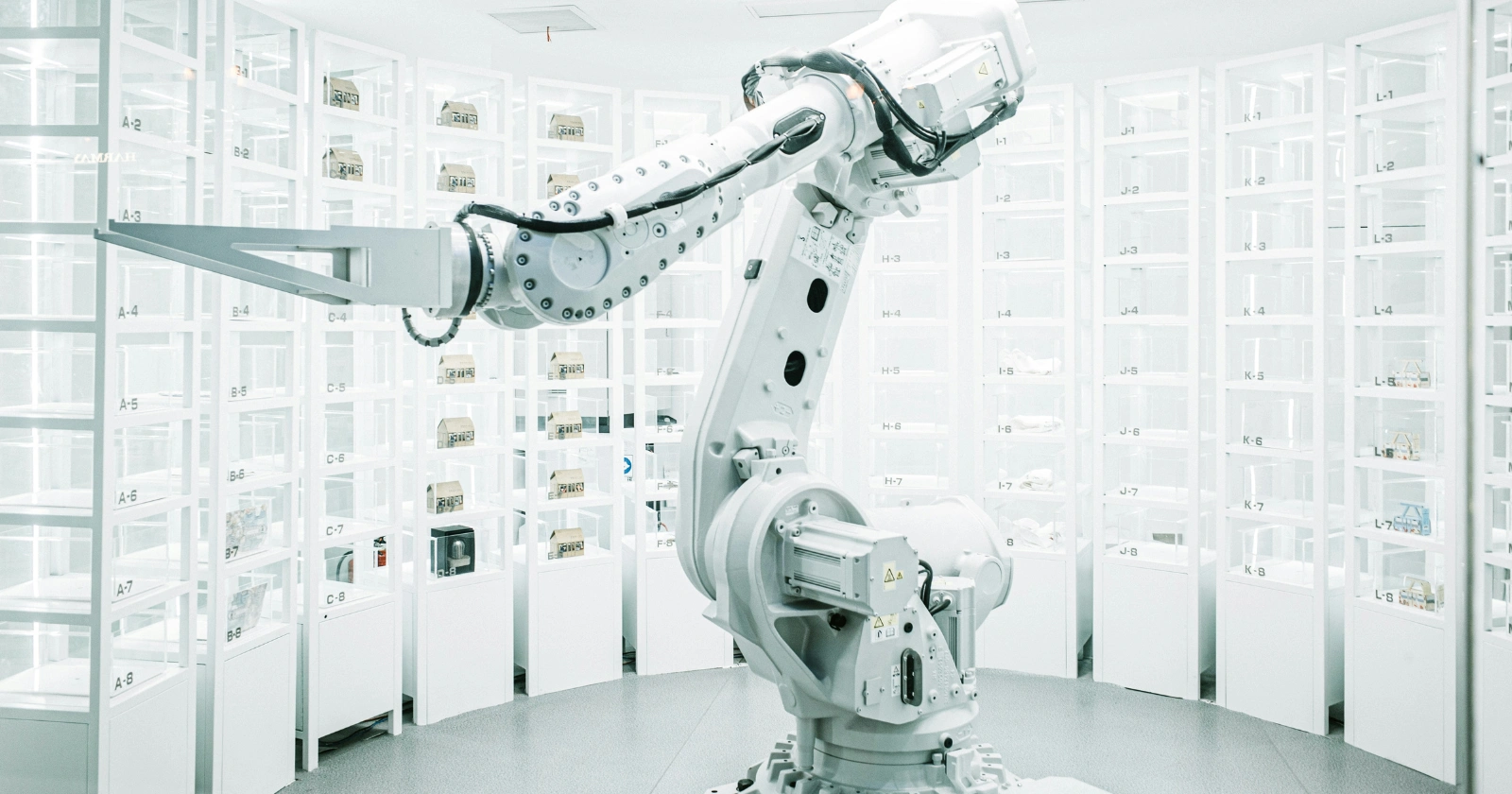Artificial intelligence is reshaping how languages travel across borders, turning once laborious processes into workflows that are faster and more scalable. Neural machine translation models and large language systems now handle vast volumes of routine content with remarkable fluency.
At the same time consumer devices and real time features are bringing translation into live conversation and everyday media consumption. These advances accelerate access to information and commerce but also create tough questions about accuracy, accountability, and the value of human expertise.
Professional translators face a changing market where speed and scale collide with the need for precision in high stakes contexts such as legal documents and technical manuals. Machine output can appear fluent while hiding subtle errors that change meaning.
New quality assurance tools aim to bridge that gap by flagging likely mistranslations and terminology drift. Meanwhile enterprises and nonprofit organisations adopt hybrid workflows that pair machine drafts with human review to balance efficiency and trust.
This overview maps the current global scene. It situates neural machine translation and large language models within real world deployments from software and gadgets to meeting platforms. It also examines the impact on translator livelihoods and the emerging quality control ecosystem that attempts to make machine assisted workflows reliable for regulated and sensitive domains. Evidence and examples come from recent product launches and industry research that show both capability and limitation.
The technical backbone: Neural machine translation and large language models
Neural machine translation models have largely replaced earlier statistical approaches by using deep neural networks to predict sequences of words in the target language given a source text. This architecture captures context across sentence boundaries and produces smoother phrasing. The result is more human like fluency for everyday text and marketing copy.
However performance varies widely by language pair, subject matter, and domain specific terminology. The same system that yields excellent results for conversational text can struggle with dense technical passages or legal phrasing where a single word choice has regulatory consequences.
Large language models broaden the possibility space by adding general reasoning and generation capabilities. Their strength lies in producing cohesive, context aware translations and in generating paraphrases that preserve tone and register. This capability supports tasks beyond straightforward translation such as localization, creative rewriting, and multilingual summarization.
Yet these models also introduce failure modes associated with hallucination and overconfidence. In practice this means a model may produce plausible looking content that contains invented facts or inappropriate terminology. For content where accuracy cannot be compromised, a human validator remains essential.
Real time translation for media and meetings
AI powered translation is leaving batch workflows and entering live contexts. Open source players and commercial platforms demonstrated this trend during recent technology showcases. Video players are experimenting with offline, local generation of subtitles so viewers can obtain translations without sending audio or text to cloud servers. This preserves privacy and reduces latency while supporting a broad range of languages. Such features make global content consumption more inclusive for audiences that lack subtitles in their native language.
Conferencing and collaboration products are also integrating interpretation capabilities that translate speech in near real time. These features aim to remove language barriers in multinational meetings and training sessions, by providing participants with translated captions or audio interpretations automatically. Early previews show promise for increasing productivity in global teams, although language coverage and speaker identification remain engineering priorities.
Consumer devices that put translation into the pocket
A growing number of consumer devices bundle translation engines into hardware designed for travel and interpersonal conversation. Real time translator earbuds that process spoken input and return audio translations to listeners are now commercially available and support dozens of languages.
These devices are pitched at tourists, small business owners and anyone who needs quick conversational assistance across languages. They demonstrate how AI translation is moving from optional convenience to everyday utility.
Several caveats apply. Many consumer devices depend on network connectivity for the highest quality models and for updating language packs. Offline models perform well for common phrasing but may not match cloud assisted models on rare terms.
Moreover, the convenience of instant conversation can obscure subtle errors in idiom or register that require human sensibility, especially in professional or culturally sensitive contexts.
Where machine performance meets human standards
Quality metrics remain important to measure progress and set expectations. Automated measures such as BLEU assess overlap between machine output and human reference translations.
While useful for benchmarking, these scores do not capture nuance, cultural appropriateness, or legal precision. BLEU and related metrics provide a rough signal about system quality but must be combined with domain specific evaluations and human review for critical use cases.
Empirical results show strong machine performance for many everyday tasks but degraded accuracy in technical fields such as medical, legal and complex engineering texts. In those domains a lower aggregate score can mask individual mistranslations that have high cost.
That gap explains why hybrid workflows are the dominant model for enterprises that cannot tolerate error. Machines handle scale and repetitive phrasing, while human experts validate terminology and ensure compliance.
Quality control tools and the emergence of translation checking systems
As machine translation becomes pervasive, tools that detect and prioritise likely errors are taking shape. These systems analyse a translated text to flag potential hallucinations, terminology drift and segments that diverge from style guides or domain glossaries.
The intent is to reduce the time required for post editing by pointing reviewers to the riskiest passages rather than forcing them to read the entire document line by line. Early adopters report meaningful gains in reviewer throughput because error detection focuses attention where it matters most.
A useful way to think about these tools is to distinguish detection from correction. Detection identifies suspect segments for human action. Correction proposes fixes which the reviewer can accept or adapt.
Both functions are valuable but correction proposals should be treated as suggestions. Final responsibility for meaning and legal accuracy should rest with a qualified human professional.
Business models and workforce impact
The translation market is bifurcating into commoditised volume work and specialised high value work. High volume tasks such as product listings and general customer support are increasingly automated because accuracy requirements are lower and throughput matters.
Conversely tasks that require cultural adaptation, legal precision or subject matter expertise remain with qualified translators and language consultants. This dynamic affects pricing structures and contract terms. The introduction of AI has compressed per word rates for simpler assignments while increasing demand for higher level services such as localization strategy, terminology management and cultural consultancy.
Upward pressure on productivity also changes how organisations hire and remunerate language professionals. New roles appear such as machine trainer, post editor and quality assurance specialist.
At the same time many freelance translators report pressure on rates and an increase in revision work that is mentally exhausting because it requires checking machine proposals for subtle mistranslations. Collective bargaining, association level advocacy and strategic positioning of human expertise are becoming more relevant for sustainable careers.
Ethics, privacy and data governance
Translation systems often process sensitive content. For consumer tools, privacy preserving designs include local model inference so that audio does not leave the device. For enterprise deployments, contractual safeguards and data segmentation remain essential to prevent unauthorized reuse of proprietary material.
Transparency about what data is retained, how models are updated and whether outputs can be audited is critical for regulated industries. Best practice requires explicit consent when user content is employed to retrain models or to improve services.
Practical hybrid workflows that balance speed and safety
A pragmatic workflow for many organisations follows three steps. First use machine translation to generate a draft. Second apply an automated detection layer to highlight risky segments. Third route the flagged segments to a specialist for validation and correction. This preserves the efficiency gains from automation while concentrating human attention on tasks that matter most.
The detection step dramatically reduces human review time by prioritising review effort. Early case studies show that teams adopting such pipelines achieve substantial time savings without increasing error rates in critical segments.
Market examples and product snapshots
Selected technologies and their roles
| Product or approach | Typical use case | Strengths | Caveats |
|---|---|---|---|
| Neural Machine Translation models | Bulk translation of general content | Fluent output at scale | Weaker on technical and legal texts |
| Large Language Models | Context aware translation and localization | Better tone and paraphrase options | Risk of hallucination on facts |
| Offline subtitle engines | Local video translation with privacy | Low latency and privacy preserving | Limited to languages and compute on device |
| Translator earbuds | On the fly conversational translation | Convenience for travel and meetings | May miss idiom and register |
| Detection and QA tools | Post translation quality triage | Reduces reviewer workload | Suggests fixes that require human validation |
The table summarises roles rather than endorses any single vendor. It is intended to clarify how technologies fit together in practical pipelines.
Where regulation and standards matter
Industry standards for translation quality and for evaluation metrics, such as ISO norms and established QA frameworks, will shape adoption in regulated sectors. Governments and large buyers increasingly require transparency and traceability in language workflows.
Standards help create baseline expectations for auditing and for liability management should a mistranslation cause harm. Certification for human reviewers and documented QA steps in machine assisted pipelines are likely to become procurement requirements. ModernMT Blog
Looking ahead: realistic trajectories
The next phase will continue to mix capability improvements with pragmatic guard rails. Expect better language coverage for low resource languages, improved on device models for privacy first use cases and stronger tooling for quality detection.
At the same time, market pressure will continue to compress rates for routine work while increasing demand for specialized language services. The technology will augment human productivity but not uniformly replace human judgment where stakes are high. Organisations that invest in hybrid workflows and in reskilling language professionals will be better positioned to capture the value of translation at scale.
Conclusion
Machine intelligence has accelerated the pace at which languages cross borders and has created tools that make global communication more immediate and more affordable. This momentum brings undeniable benefits including faster access to information and new consumer experiences.
However it also reveals persistent limitations in high stakes translation and significant disruptions for professionals working in the language sector. Effective responses require pragmatic hybrid workflows, careful QA and a clear allocation of responsibility between algorithms and human experts.
Quality remains the ultimate test. When the cost of an error is small, machine driven workflows deliver enormous value. When the cost of an error is high, human oversight is obligatory. The technology is not a single solution but a toolbox. The organisations that combine automation with domain expertise, rigorous quality checks and transparent data practices will be the ones capable of communicating reliably across languages in the years ahead.
10 Frequently Asked Questions
Neural machine translation focuses on mapping source text to target text via sequence learning. Large language models add broader generation and reasoning ability which helps with tone and context but may introduce more hallucination risk.
Not for high stakes work that requires legal accuracy, domain expertise or cultural sensitivity. Machines excel at scale and routine tasks but human judgment remains essential in regulated and creative contexts.
BLEU provides a numeric reference to compare systems but does not capture cultural nuance or legal correctness. It is best used for benchmarking rather than final acceptance for critical translations.
Yes. Offline or on device subtitle and inference engines reduce data leaving a device and are therefore more privacy preserving. Enterprise contracts can also specify data handling rules.
High volume tasks with low risk such as product descriptions, customer support templates and informal communications. Tasks requiring technical accuracy should follow hybrid review pipelines.
An effective pipeline uses machine translation to create a first draft, uses detection tools to flag risky segments and routes flagged items to domain experts for final validation. This balances speed and safety.
Some models support offline language packs but offline performance may not match cloud assisted models for rare terms or complex constructions. Users must check specification details for offline capabilities.
Job roles will shift toward post editing, quality assurance, terminology management and localization strategy. New technical roles such as machine trainer will grow even as pricing pressure affects routine tasks.
Common issues include mistranslation of technical terms, loss of register, hallucinated additions and culturally inappropriate phrasing. Detection tools help surface these issues for human correction.
Combine automated metrics with human evaluation keyed to the use case. For regulated documents include domain expert review and maintain provenance logs for auditability. Pilot deployments with sample datasets reveal failure patterns before broad rollout.



